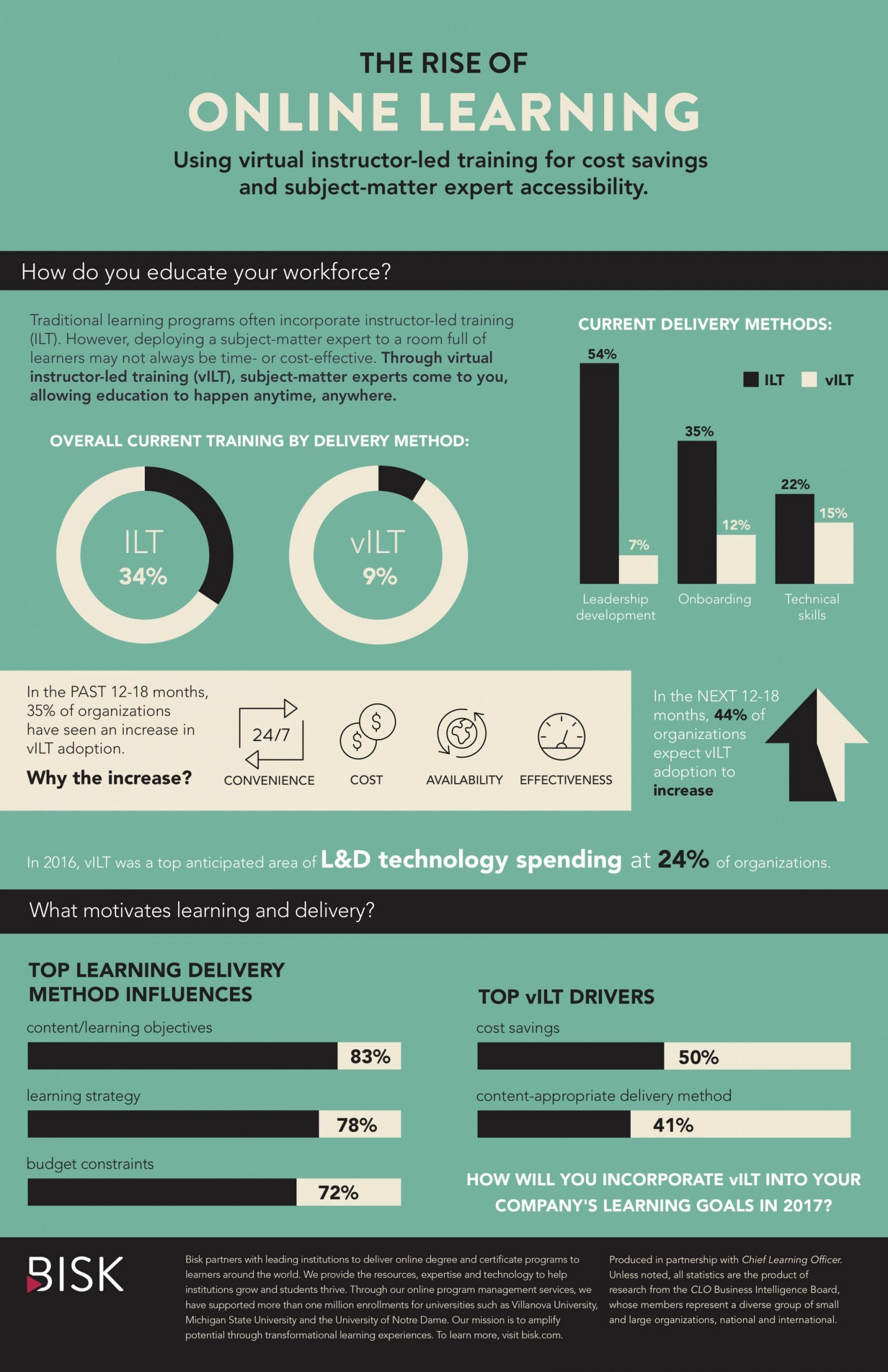The Rise of Online Learning in the USA: Trends, Opportunities, and Challenges
We are thrilled to bring forth a discussion on the captivating subject concerning The Rise of Online Learning in the USA: Trends, Opportunities, and Challenges. Let’s dive into essential details and provide readers with new angles.
Video about The Rise of Online Learning in the USA: Trends, Opportunities, and Challenges
The Rise of Online Learning in the USA: Trends, Opportunities, and Challenges

The world of education is undergoing a significant transformation, and the USA is at the forefront of this revolution. Online learning, once considered a niche concept, has become a mainstream phenomenon, transforming the way Americans learn and access education. The growing demand for online learning is driven by factors such as increased accessibility, flexibility, and affordability. In this article, we will explore the current trends in online learning in the USA, the opportunities it presents, and the challenges it poses.
Trend 1: Growth of Online Course Enrollments
The COVID-19 pandemic has accelerated the growth of online learning, with many institutions transitioning to online-only formats. According to a report by the Online Learning Consortium, between 2019 and 2020, online course enrollments in the USA increased by 15%. This growth is expected to continue, with projections indicating that online learning will become a major component of American higher education. Online courses are no longer seen as a fringe or inferior form of learning; instead, they have become an essential part of the educational landscape.
Trend 2: Rise of Microlearning
Microlearning, also known as bite-sized learning, has become increasingly popular in the USA. This approach involves breaking down learning content into shorter, more manageable chunks, often in the form of video tutorials, podcasts, or interactive modules. Microlearning is particularly effective for working professionals who need to acquire new skills quickly. According to a report by Docebo, 72% of US organizations are now using microlearning to provide employee training and development.
Trend 3: Growing Adoption of Artificial Intelligence (AI)
Artificial intelligence is rapidly transforming the online learning landscape. AI-powered adaptive learning systems have become increasingly popular, enabling students to receive personalized learning experiences that cater to their individual needs and abilities. AI is also being used to automate administrative tasks, such as grading and feedback, freeing up instructors to focus on teaching and mentorship. A report by Gartner predicts that by 2025, AI will become a key component of online learning platforms.
Trend 4: Increased Focus on Specialized Learning
Specialized learning is on the rise in the USA, with institutions offering certificate programs and online courses in niche areas such as cybersecurity, data science, and healthcare. This trend reflects the increasing demand for specialized skills and knowledge in the job market. According to a report by Coursera, the most popular online courses in the USA are in the fields of computer science, business, and data science.
Trend 5: Shift towards Competency-Based Education
Competency-based education (CBE) has gained momentum in the USA, with institutions adopting a more competency-based approach to learning. CBE focuses on measuring student learning outcomes and awarding credits based on demonstrated competencies, rather than traditional credit hours. This approach enables students to learn at their own pace and receive credit for prior learning experiences. According to a report by the Competency-Based Education Network, 75% of US institutions are now exploring or implementing CBE.
Opportunities
Online learning offers numerous opportunities for students, educators, and institutions. Some of the key benefits include:
- Increased Accessibility: Online learning enables students to access education from anywhere, at any time, removing geographical and socioeconomic barriers.
- Flexibility and Convenience: Online learning provides flexibility and convenience, enabling students to balance work, family, and other commitments.
- Personalized Learning: Online learning enables personalized learning experiences that cater to individual needs and abilities.
- Cost-Effectiveness: Online learning can be more cost-effective than traditional brick-and-mortar education, with reduced costs associated with textbooks, transportation, and housing.
Challenges
While online learning presents numerous opportunities, it also poses several challenges. Some of the key challenges include:
- Equity and Access: The digital divide continues to be a significant challenge, with many students lacking access to reliable internet, technology, and digital literacy.
- Quality and Accreditation: Ensuring the quality and accreditation of online courses and programs remains a significant challenge, with concerns about academic rigor and accountability.
- Instructor Training: Instructors require specialized training to teach online, with a need for ongoing support and professional development.
- Student Engagement: Online learning requires innovative approaches to student engagement, with a focus on building community and promoting interaction.
Future of Online Learning in the USA
The future of online learning in the USA is bright, with projections indicating continued growth and innovation. As educators and policymakers, we must prioritize equity and access, ensuring that online learning is accessible and inclusive for all students. We must also prioritize quality and accreditation, ensuring that online courses and programs meet rigorous academic standards.
Closure
We trust this article has offered useful information about The Rise of Online Learning in the USA: Trends, Opportunities, and Challenges. We hope this article has been insightful and valuable. See you in the next one!.